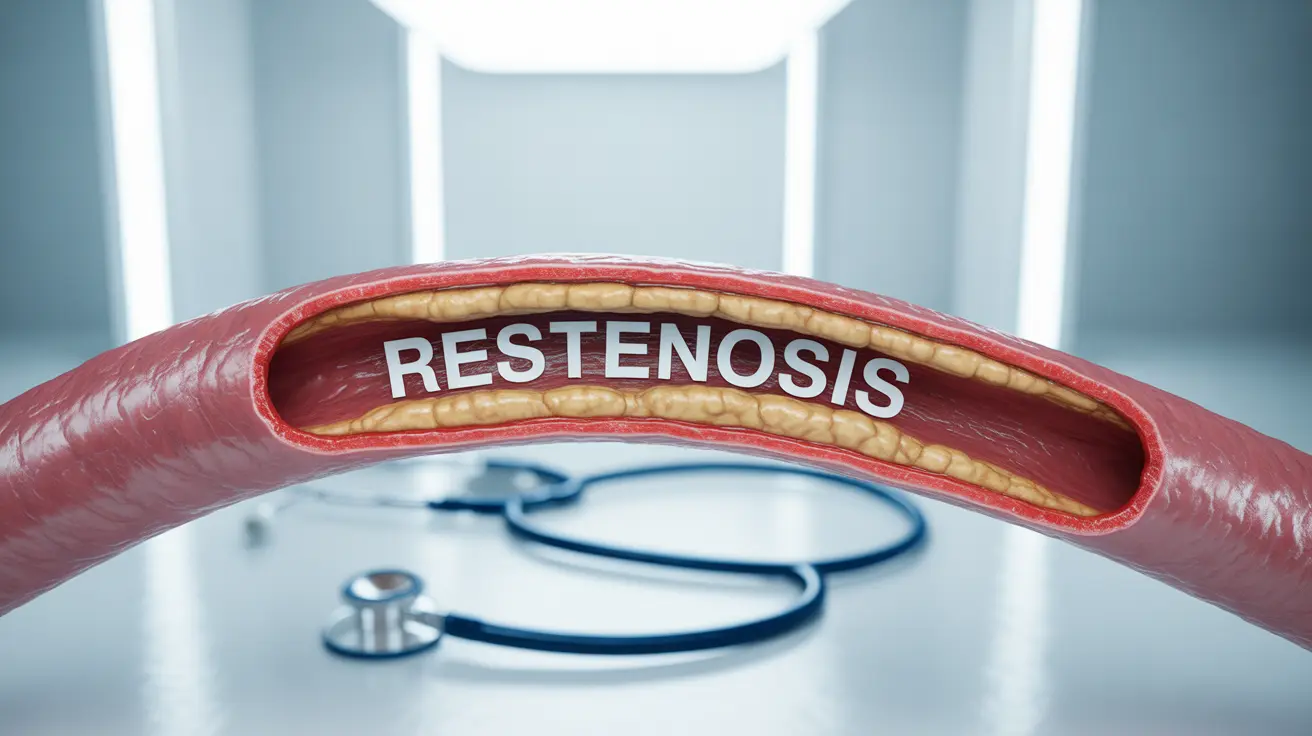Restenosis is a significant cardiovascular concern that occurs when a previously treated artery becomes narrow again after a procedure like angioplasty or stent placement. This re-narrowing can compromise blood flow and potentially lead to serious complications if left unaddressed. Understanding the signs, risk factors, and management options for restenosis is crucial for patients who have undergone cardiovascular procedures.
For individuals who have received stents or undergone angioplasty, staying informed about restenosis can help ensure prompt detection and treatment. This comprehensive guide explores the essential aspects of restenosis, from recognition to prevention and treatment options.
Understanding Restenosis and Its Impact
Restenosis occurs when scar tissue forms within the treated artery, causing it to narrow again. This process typically develops as part of the body's natural healing response to the initial procedure. The formation of this scar tissue can restrict blood flow, potentially compromising the benefits achieved through the original intervention.
Signs and Symptoms of Restenosis
Recognizing the symptoms of restenosis early is crucial for timely intervention. Common indicators include:
- Recurring chest pain (angina)
- Shortness of breath during physical activity
- Fatigue
- Discomfort in the jaw, neck, or arm
- Decreased exercise tolerance
Diagnostic Procedures for Restenosis
Healthcare providers use several methods to diagnose restenosis:
Non-invasive Tests
- Stress tests
- Cardiac CT scans
- Nuclear imaging studies
- Echocardiograms
Invasive Procedures
Coronary angiography remains the gold standard for confirming restenosis, providing detailed images of the affected vessels and the extent of narrowing.
Treatment Approaches for Restenosis
Treatment options vary depending on the severity and location of the restenosis:
Medical Management
- Antiplatelet medications
- Blood pressure control
- Cholesterol-lowering drugs
- Anti-anginal medications
Interventional Procedures
When necessary, interventional treatments may include:
- Drug-eluting balloon angioplasty
- Placement of new drug-eluting stents
- Bypass surgery in severe cases
Risk Factors and Prevention
Several factors can increase the risk of developing restenosis:
- Diabetes
- Small vessel diameter
- Multiple stents
- Smoking
- Uncontrolled high blood pressure
Preventive measures focus on lifestyle modifications and medication adherence:
- Regular exercise
- Healthy diet
- Smoking cessation
- Blood pressure management
- Consistent use of prescribed medications
Frequently Asked Questions
What are the common symptoms that indicate restenosis after angioplasty or stent placement? Common symptoms include recurring chest pain, shortness of breath during activity, fatigue, and discomfort in the jaw, neck, or arm. These symptoms often mirror those experienced before the initial procedure.
How is restenosis diagnosed and what tests are used to detect artery re-narrowing? Diagnosis typically involves a combination of stress tests, cardiac imaging (CT scans, nuclear imaging), and ultimately coronary angiography for definitive confirmation. Your doctor will choose the most appropriate tests based on your symptoms and medical history.
What treatment options are available for managing restenosis, including in-stent restenosis? Treatment options include medical therapy with antiplatelet and anti-anginal medications, repeat interventional procedures such as drug-eluting balloon angioplasty or new stent placement, and in some cases, bypass surgery.
How long after a stent or angioplasty procedure can restenosis occur and what are the risk factors? Restenosis typically develops within 3-12 months after the initial procedure. Risk factors include diabetes, smoking, small vessel diameter, multiple stents, and uncontrolled high blood pressure.
What lifestyle changes and medications can help prevent restenosis and improve long-term artery health? Prevention involves maintaining a heart-healthy lifestyle through regular exercise, a balanced diet, smoking cessation, and blood pressure control. Adhering to prescribed medications, especially antiplatelet drugs, is crucial for preventing restenosis.




